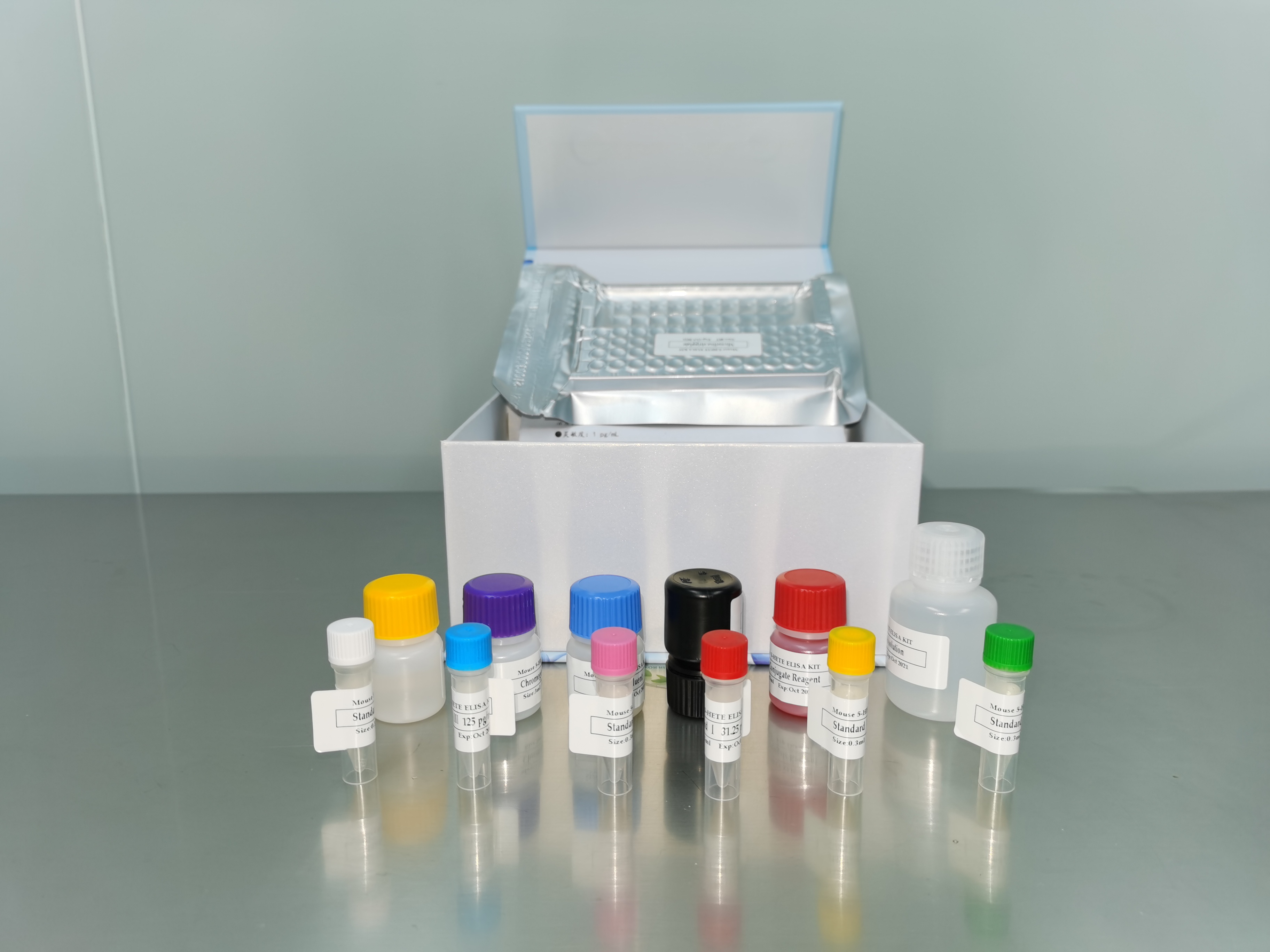| 产品名称: | Naegleria clarki De Jonckheere |
|---|---|
| 商品货号: | TS134065 |
| Deposited As: | Naegleria gruberi Schardinger |
| Strain Designations: | PD |
| Biosafety Level: | 1
Biosafety classification is based on U.S. Public Health Service Guidelines, it is the responsibility of the customer to ensure that their facilities comply with biosafety regulations for their own country. |
| Isolation: | sewage effluent, Ohio, 1969 |
| Product Format: | dried |
| Type Strain: | no |
| Comments: | Maximum temperature tolerance 37C Maximum temperature tolerance 39C This strain and ATCC 50357 are members of Naegleria sp. genetic cluster G Nutritional study of Naegleria gruberi genetic cluster G |
| Medium: | ATCC® Medium 997: Fresh water ameba medium |
| Growth Conditions: | Temperature: 25.0°C Duration: grown with Escherichia coli ATCC 11775 Protocol: ATCCNO: 30133 SPEC: This strain is shipped as a dried preparation. Aseptically add 1 ml of sterile distilled water to the inner vial, remove the filter paper pellet with a pair of forceps, and place it in the center of an agar plate of ATCC medium 711 or 997. Add the liquid remaining in the vial to the plate and spread it evenly over the surface of the plate. Incubate the plate at 25C. Trophozoites (amebae) should be evident within 2-3 days. |
| Subcultivation: | Protocol: ATCCNO: 30133 SPEC: This strain is shipped as a dried preparation. Aseptically add 1 ml of sterile distilled water to the inner vial, remove the filter paper pellet with a pair of forceps, and place it in the center of an agar plate of ATCC medium 711 or 997. Add the liquid remaining in the vial to the plate and spread it evenly over the surface of the plate. Incubate the plate at 25C. Trophozoites (amebae) should be evident within 2-3 days. |
| Cryopreservation: | Cryoprotective Solution DMSO xa0xa0xa0xa0xa0xa0xa0xa0xa0xa0xa0xa0xa0xa0xa0xa0xa0xa0xa0xa0xa0xa0xa0xa0xa0xa0xa0xa0xa0xa0xa0xa0xa0xa0xa0xa0xa0xa0xa0xa0xa0xa0xa0xa0xa0xa0xa0xa0xa0xa0xa0xa0xa0xa0xa0xa0xa0xa0xa0xa0xa0xa0xa0xa0xa0xa0xa0xa0xa0xa0xa0xa0xa0xa0xa0xa0xa0xa0xa0xa0xa0xa0 1.5 ml Pages Balanced Salt Solution (or similar)xa0xa0xa0xa0 xa0xa0xa0xa0xa0xa0xa0xa0xa0xa0xa0xa0xa0xa0xa0 8.5 ml 1.xa0xa0xa0xa0 Mix the components in the order listed. When the medium is added to the DMSO the solution will warm up due to chemical heat. 2. xa0xa0 Harvest cells from a culture which is at or near peak density by adding 5 ml ATCC medium 1323 (Pages Balanced Salt Solution) and washing cells into suspension.xa0 Rub the surface of the plate with a spread bar to detach adhering trophozoites. 3. xa0xa0xa0 Adjust the concentration of cells to at least 2 x 106/ml in fresh medium. 4.xa0 xa0xa0 Mix the cell preparation and the cryoprotective solution in equal portions. 5.xa0 xa0xa0 Dispense in 0.5 ml aliquots into 1.0 - 2.0 ml sterile plastic screw-capped cryules (special plastic vials for cryopreservation). 6. xa0xa0xa0 Place vials in a controlled rate freezing unit. From room temperature cool at -1°C/min to -40°C. If freezing unit can compensate for the heat of fusion, maintain rate at -1 C/min through heat of fusion. At -40°C plunge ampules into liquid nitrogen. Alternatively, place the vials in a Nalgene 1°C freezing apparatus.xa0 Place the apparatus at -80°C for 1.5 to 2 hours and then plunge ampules into liquid nitrogen.xa0 (The cooling rate in this apparatus is approximately -1°C/min.) xa0 7.xa0 xa0xa0 Ampules are stored in either the vapor or liquid phase of a nitrogen refrigerator. 8.xa0 xa0xa0 To establish a culture from the frozen state place the vial in a 35°C water bath.xa0 Immerse the vial to a level just above the surface of the frozen material. Do not agitate the vial.xa0xa0 Immediately after thawing, aseptically transfer the contents of the ampule to the center of a fresh plate of ATCC medium 997.xa0 Distribute the material evenly over the plate using a spread bar. 9.xa0xa0xa0xa0 Wrap the entire edge of the plate with parafilm and incubate upright at 25°C. 10.xa0xa0 Follow the protocol for maintenance of culture. |
| Name of Depositor: | WD ODell |
| Year of Origin: | 1969 |
| References: | ODell WD, Brent MM. Nutritional study of three strains of Naegleria gruberi. J. Protozool. 21: 129-133, 1974. PubMed: 4206403 Adams M, et al. A genetic approach to species criteria in the amoeba genus Naegleria using allozyme electrophoresis. Int. J. Parasitol. 19: 823-834, 1989. PubMed: 2635158 Robinson BS, et al. Discontinuous genetic variation among mesophilic Naegleria isolates: Further evidence that N. gruberi is not a single species. J. Protozool. 39: 702-712, 1992. PubMed: 1453360 De Jonckheere JF. A century of research on the amoeboflagellate genus Naegleria. Acta Protozool. 41: 309-342, 2002. De Jonckheere JF. Evidence for the ancestral origin of group I introns in the SSUrDNA of Naegleria spp.. J. Eukaryot. Microbiol. 41: 457-463, 1994. PubMed: 7804245 name change from Naegleria gruberi to N. clarki per TA Nerad, by e-mail message dated Dec 9 2002 |


